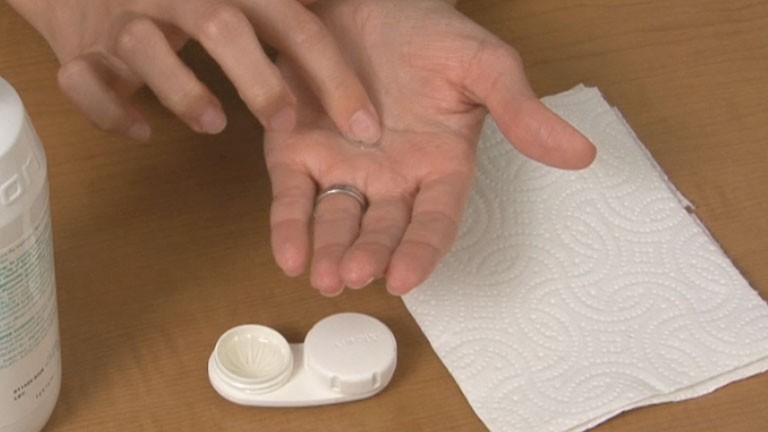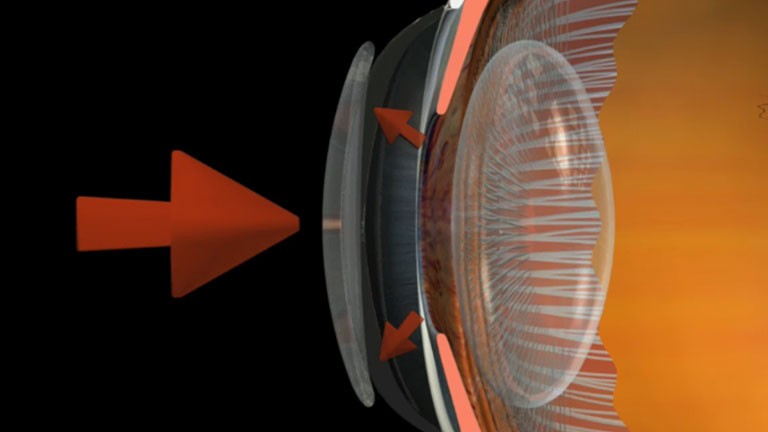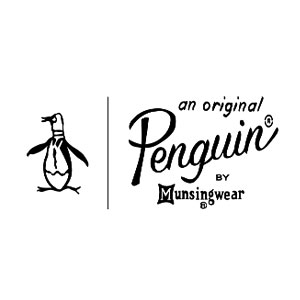Patient Education
Frame Gallery
- Details
- Written by Harbor View Eye Care Team

Costa Sunglasses: Beyond Polarized Where Glare Goes To Die. Most polarized lenses eliminate glare by blocking reflected light. But Costa's patented 580 lenses go farther, blocking perfect amounts of harsh yellow light while enhancing reds, blues and greens.
The result: less haze, less blur, greater contrast and greater clarity. Available in glass (580G), or a lightweight, impact-resistant plastic (580P), it's like seeing in high definition.
- Details
- Written by Harbor View Eye Care Team

Contact lenses are a popular solution for people who need vision correction. However, you need an extensive eye examination to determine what type of contacts will work best for you. Once you receive your contacts it is important to follow proper steps to ensure that your contacts are clear, clean, moist and undamaged.
It is important to develop a routine when preparing and inserting your contacts. First, wash your hands with soap and water and dry them on a lint free towel. Next, rinse your contact lens with the proper solution to make sure it is clean and free of dust. Then, making sure that your finger is dry, place the lens on the tip of your finger and check to see if the lens is inside out.
The lens should appear to have a U shape. If it is a U shape with the top edges flared out, the lens is inside out. If you do apply the lens inside out it will be uncomfortable, but will not cause any damage.
Once the lens is on the tip of your finger properly you are ready to insert it.
- Details
- Written by Harbor View Eye Care Team
[unable to retrieve full-text content]
Alcon Scientist discusses DAILIES TOTAL1
- Details
- Written by Harbor View Eye Care Team

Motherhood.., the sheer sound of it brings enduring memories. A mother’s touch, her voice, her cooking, and the smile of approval in her eyes. Science has recently proven that there is a transference of emotion and programming from birth and infancy between a mother and her child... a type of communication, if you will, that occurs when the infant looks into its mother’s eyes. So what is this programming? How does it work and what effect does it have on the life of the child? What happens if it never happened to the infant? What happens if the mother is blind? These questions and more can be answered through a term called “triadic exchanges” in which infants learn social skills.
The gaze into a mother’s eyes brings security and well being to the child. When she gazes at another person, it makes the infant look at what she is gazing at, and introduces the infant to others in the world. This is known as a triadic exchange. So now their world is no longer just one person, their mother, but a third party which teaches them the art and skill of organizing their social skills and interaction.
Interestingly, if a mother is blind, it does not adversely affect the child’s development. A study published in the Proceedings of the Royal Society B showed no deficit in their advancement. The sheer fact that the infant looks into the mother’s eyes helps with connectedness and emotional grounding.
Looking into mom’s eyes and face teaches facial recognition and expressions of emotions and is primarily how the child learns in the first few months of life. Additionally, infants tend to show a preference to viewing faces with open eyes rather than closed eyes, thus stressing the importance of the mother or caregiver’s gaze.
Some health benefits to gazing into the mother’s eyes is a lower incidence of autism, or spectrum disorders, better social skills, higher learning capacity, and emotional groundedness.
The beauty of a mother’s gaze is that the child can feel the emotions of love, security, safety, and overall well being by connecting with her through eye to eye contact. This sets the stage for the future development of social skills, visual recognition of people, and their readiness for social interaction in the world.
A big thank you to science and mothers for proving what we already know, that the values in life can be taught to a child “through a mothers eyes” setting the course of proper interaction for life skills and relationships.
References:
1. Kate Yandell, Proceedings of the Royal Society B ,04/10/2013.
2. Maxson J.McDowell, Biological Theory, MIT Press, 05/04/2011.
The content of this blog cannot be reproduced or duplicated without the express written consent of Eye IQ.
- Details
- Written by Harbor View Eye Care Team

Corneal Molding, also know as Ortho K or OrthoKeratology is a non-surgical procedure used to temporarily reshape the cornea. Some mild cases of near sightedness and astigmatism can be treated by simply changing the shape of the cornea, to correct the way it refracts light.
A specially designed contact lens, which is rigid and gas permeable, is made specifically for your eye. This lens can be worn during the day or overnight. The lens itself is fitted so that it places gentle pressure on the center of the cornea, causing it to change shape. The outer part of the lens surrounds your central visual zone and is further away from the surface of the eye. The combination of the pressure at the center and space around the outer part causes a reshaping of your cornea. With your cornea reshaped the light can now focus properly on the retina at the back of the eye.
The process is painless and not permanent, so retainer contacts must be worn periodically to maintain the shape of the cornea. This also makes the process completely reversible, simply stop wearing the retainers and your cornea will return to its natural shape.
Corneal Molding is a non-invasive alternative to corrective surgery. Ask your eyecare provider for information to see if you qualify for Corneal Molding.















